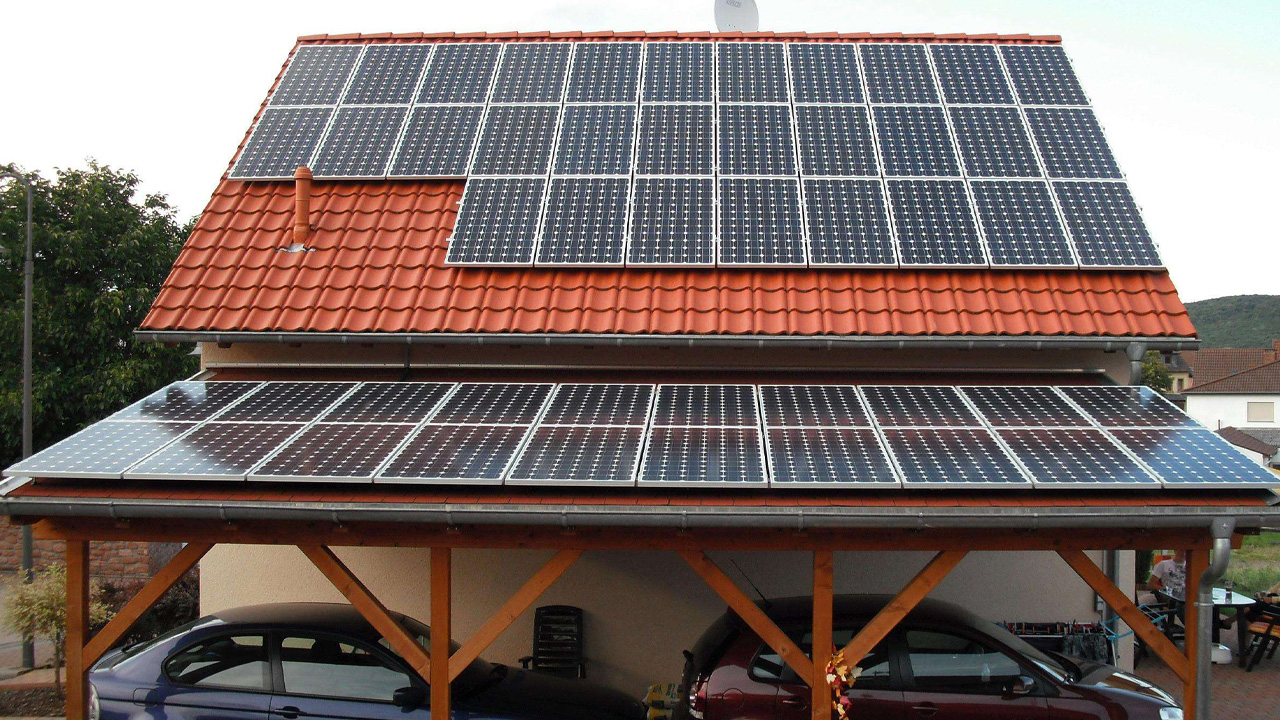Solar panels are an increasingly popular source of renewable energy, and they are essential for generating electricity from sunlight.The two most common types of solar panels are polycrystalline and monocrystalline panels. While they both perform the same function,they have significant differences in their efficiency, lifespan, and price.
Efficiency in converting sunlight into electricity
One significant difference between monocrystalline and polycrystalline solar panels is their efficiency in converting sunlight into electricity. Monocrystalline panels have a higher efficiency rate, as they are made from a single, pure crystal of silicon. This allows them to convert sunlight into electricity more effectively, making them more efficient than polycrystalline panels, which are made from multiple silicon fragments.
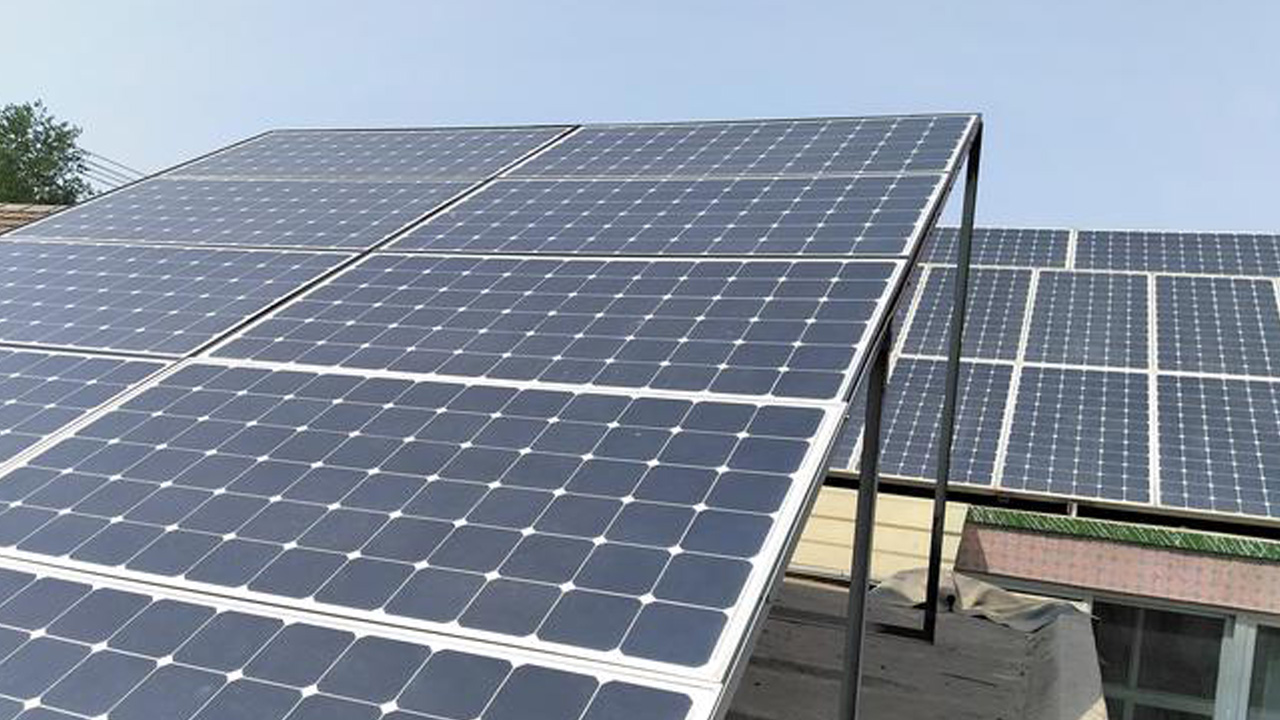
Lifespan
Another factor to consider when choosing between monocrystalline and polycrystalline panels is their lifespan. Monocrystalline panels typically last longer than polycrystalline panels because they are made from higher-quality silicon. This higher-quality silicon allows them to withstand more extreme temperatures and weather conditions, resulting in a longer lifespan.
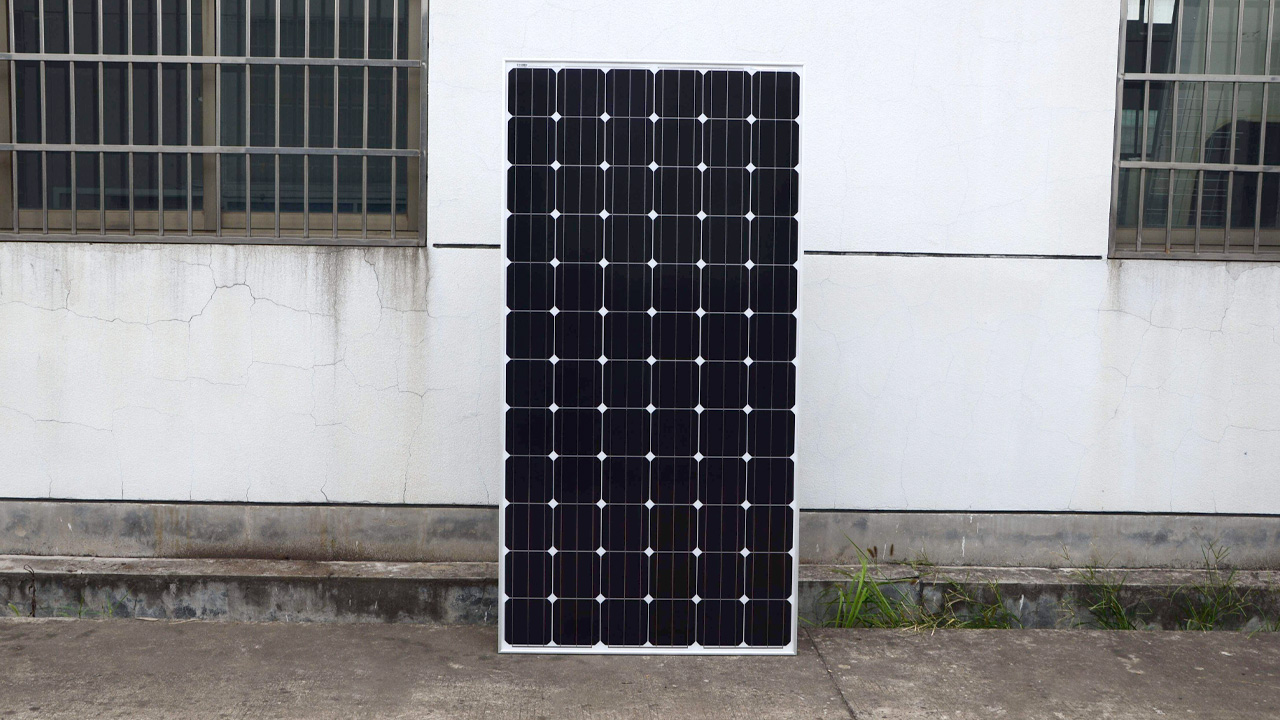
Price
Price is also an important factor when considering monocrystalline and polycrystalline solar panels. Monocrystalline panels are generally more expensive than polycrystalline panels, as they are made from a higher quality and purer form of silicon. This means that if you have a smaller budget, polycrystalline panels might be a better option for you.
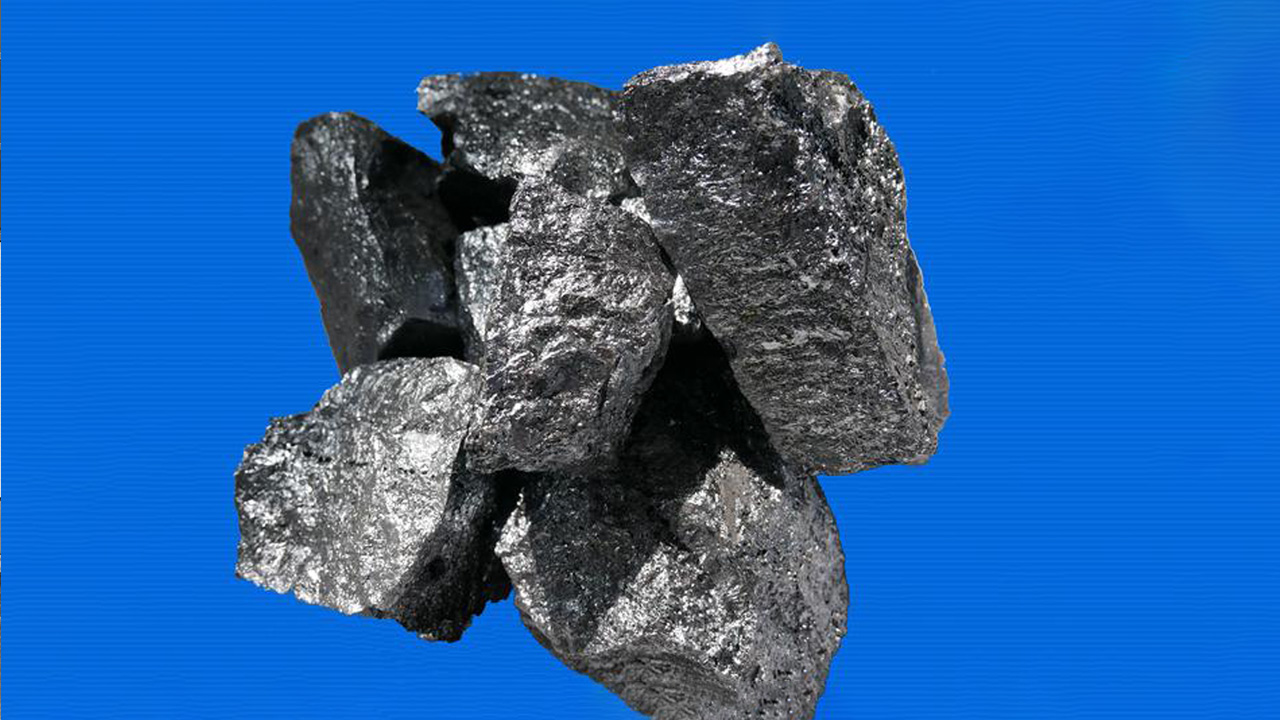
Fragments they are made from
When it comes to distinguishing between monocrystalline and polycrystalline solar panels, there are a few things to look for. Monocrystalline panels are typically black and have a uniform color, while polycrystalline panels are blue and have a speckled appearance due to the multiple silicon fragments they are made from. Additionally, monocrystalline panels are typically more rounded at the corners, while polycrystalline panels have square corners.
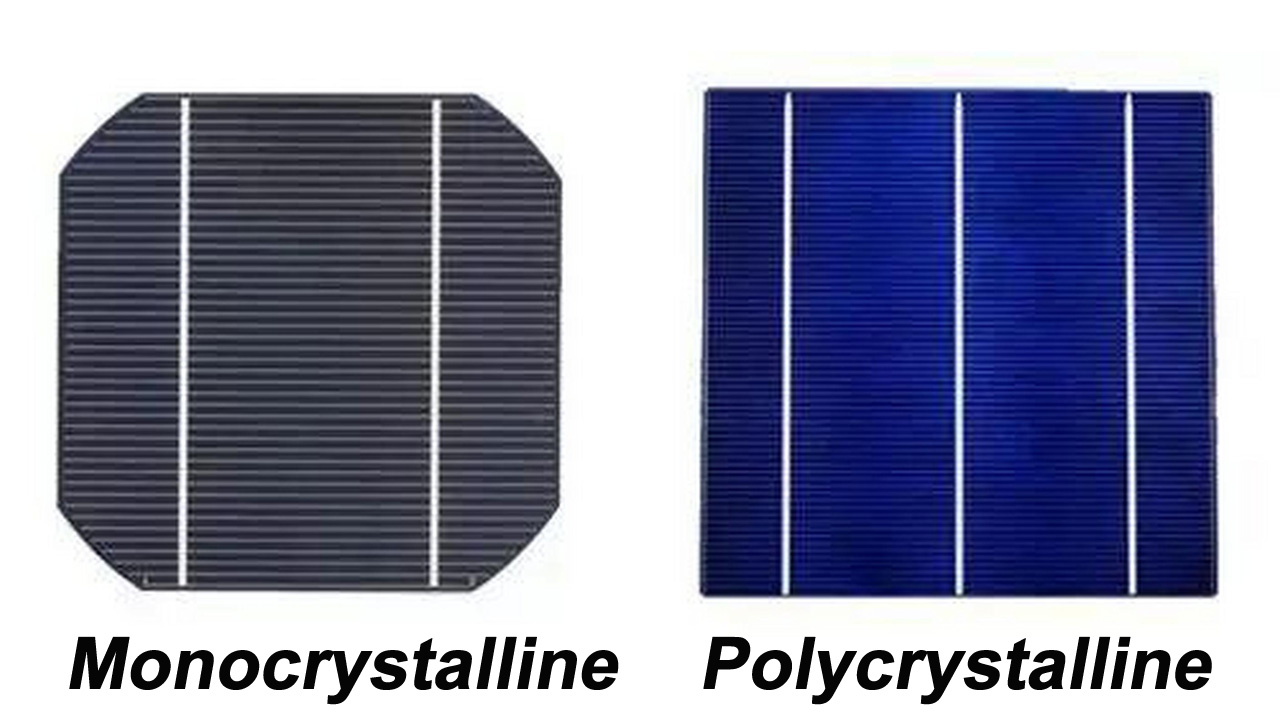
Conclusion
In conclusion, when deciding between monocrystalline and polycrystalline solar panels, it’s essential to consider factors like efficiency, lifespan, and price. Monocrystalline panels are more efficient and have a longer lifespan, but they are also more expensive. Polycrystalline panels, on the other hand, are more affordable, but their efficiency and lifespan are slightly lower. By understanding the differences between the two types of panels and what to look for, you can make an informed decision when choosing a solar panel for your home or business.
